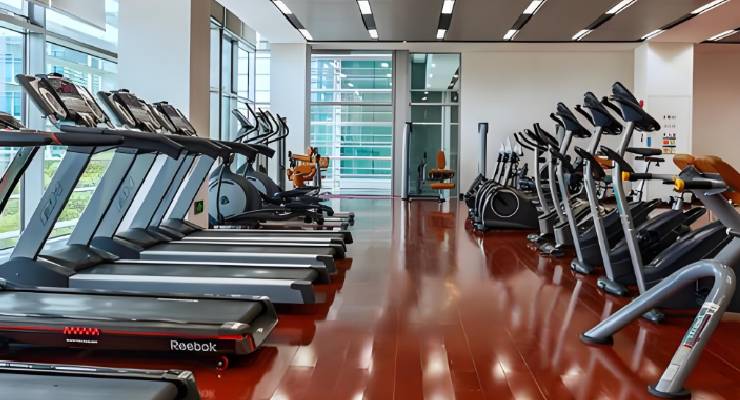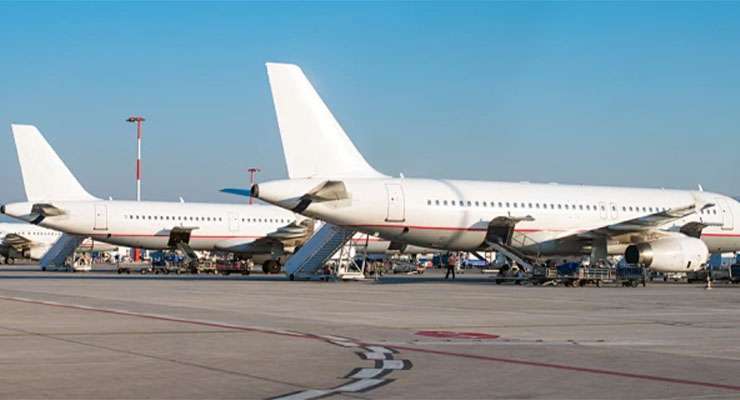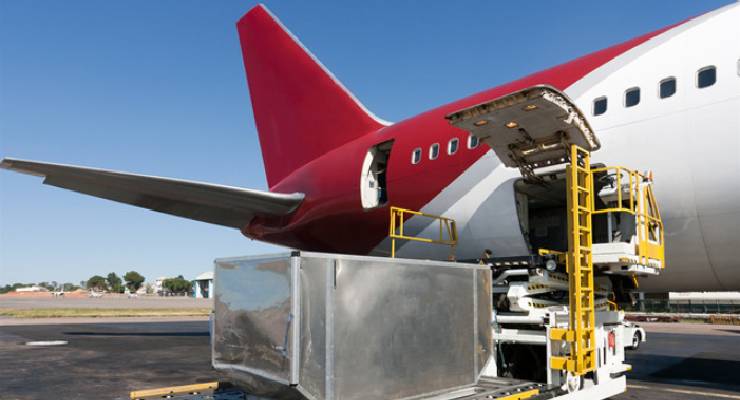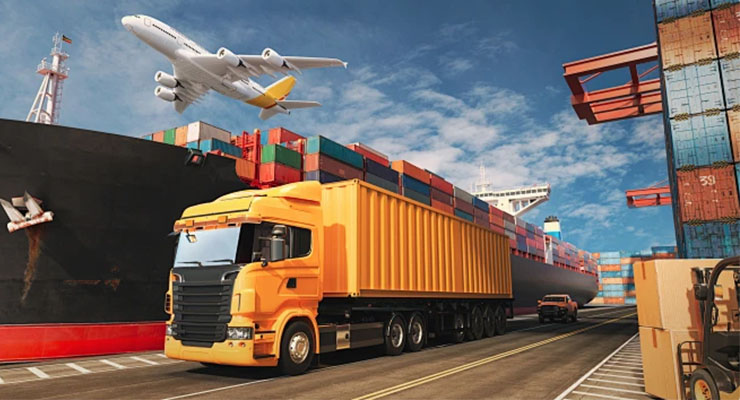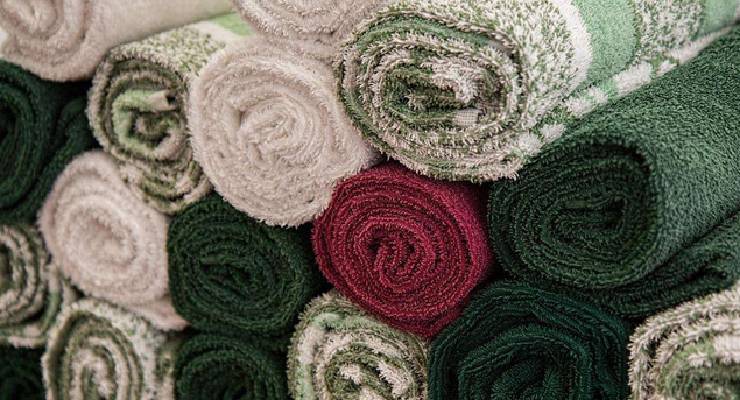
China is the global giant in making generative clothes. As businesses around the world source clothing products from this East Asian powerhouse, understanding the intricacies of shipping has become critical. This guide aims to clarify all aspects of shipping clothing from China to ensure your products not only arrive safely, but also cost-effectively.Winsail is one such Chinese freight forwarding company that has been demonstrating its expertise in this field.
What do you think of the project of importing clothes from China? Have you thought about it before or have you been looking around lately?
In this article, we will learn about the reasons that prompted the world to import Chinese clothes, and we will learn in detail about how to import clothes from China, and how to ensure your success in this project.
Why import clothes from China
Over the past few decades, China has positioned itself as a manufacturing powerhouse, especially in the apparel, footwear, luggage, transportation machinery and equipment, photovoltaic products and other industries. The huge volume of clothing in China means that they have achieved significant economies of scale. Such a large scale of production results in low production costs per garment, providing an economic advantage that few countries can match.
In addition to the economic perspective, China's clothing production also has rich and diverse characteristics. Whether you're looking for sportswear, formal wear, or any other niche style, Chinese manufacturers have a wide variety of products. This production diversity caters to the diverse needs of the global market, making it easier for companies to find suppliers that suit their specific needs.
The rise of China's manufacturing industry is not only reflected in quantity, but also in quality. With years of experience and technology integration, many Chinese factories have advanced manufacturing technology. Advanced infrastructure and machinery ensure that garments are not only produced efficiently, but also meet the global quality standards sought by international buyers.
How To Import clothes From China – Suppliers’ Choice
One of the most important things to consider when importing clothing from China is finding the right supplier. There are many different suppliers to choose from and it is important to find one that is reliable, responsive and produces a quality product.How do I find clothes suppliers
Before you start importing clothes from China, you can find suppliers through:
· Visit clothes markets and communicate directly with suppliers.
· Visit factories.
· Search through online sales platforms such as ALIBABA , MADE IN CHINA and others.
· Dealing with commercial service companies in China, they do their part in searching you for suppliers and factories
How do I know if a supplier is a reliable
In order to ensure your success in importing clothes from China, it is necessary to communicate with reliable clothes suppliers in order to ensure that you get what you want accurately, and avoid fraud.
· You can learn about the credibility of a supplier by looking at the reputation of the company they work for.
· Ask the supplier about the customers they have dealt with previously; certainly the trusted supplier will not hide such information and will display it to you as a kind of marketing for himself.
· Request the supplier’s documents and license.
· Selection of reliable suppliers through the ALIBABA website; by clicking on the verified brand of assurance.
· Dealing with import agents for others, they have experience and knowledge in reliable suppliers.
After searching for reliable suppliers, you must communicate with more than one supplier and negotiate with them on all the details, and get quotations from them in order to compare them and choose the best supplier for you.
The Basics Of Choosing The Best Supplier Of clothes
Garments Market | Main Type | Features |
Guangzhou Sha He Market (Guangzhou city, Guangdong Province) | Cheap women clothing, jeans, men clothing, children clothing | Transportation: convenient |
Guangzhou Shi Sanhang Market (Guangzhou city, Guangdong Province) | All types, especially popular Korean women clothing | Transportation: convenient |
Guangzhou Bai Ma Market (Guangzhou city, Guangdong Province) | All types, especially the high-end women clothing | Transportation: convenient |
Dongguan Fu Ming Market (Dongguan city, Guangdong Province) | All types, especially the popular women clothing | Transportation: 77km from Guangzhou, high-speed rail station |
Shanghai Qi Pulu Market | All types, especially for high-end popular women clothing | Transportation: convenient |
Customs Declaration Process For Importing Clothes From China
Export declaration enterprises should register with the local customs and inspection and quarantine bureau, and have import and export operation rights and inspection qualifications.
Documents required for export declaration:
After the goods arrive at the customs supervision area and 24 hours before loading, the customer must prepare the required documents from the customs
Documents declared to customs
One copy each of the manifest, invoice, contract, verification form, customs declaration power of attorney, shipping company loading list and other documents.
Various certificates as per the customs tariff rules. (Such as customs declaration form, export license, etc.)
Documents required for export inspection:
1. Customers should prepare the required documents three days before the customs declaration date and declare to the Inspection and Quarantine Bureau.
Vouchers include: manifest invoice, contract, inspection power of attorney, factory inspection form, carton packing list and other vouchers.
2. For goods exported to the United States, Canada, Germany, France, Italy, UAE, Saudi Arabia and other places, the outer packaging is made of wooden materials and needs to be fumigated or heat treated. The documents provided by the customer include: list, invoice, contract, and inspection power of attorney. If the fumigation product is a wood product, a factory inspection form is also required.
3. Fumigation or heat treatment
For products, customers should deliver the goods to the designated yard or port area for fumigation two days before customs declaration. (Fumigation takes 24 hours)
The export declaration form is formally submitted to the customs. If taxes and fees are required for export, the taxes and fees must be paid in a timely manner.
The customs on-site inspection of documents has ended. After the goods documents are released, the owner of the goods shall transport the goods to the customs supervision area within the time specified by the customs.
Check and release. If inspection is required, the customs broker should promptly contact the customs to inspect the goods. After inspection, the designated lead should be stamped by the shipping company.
Seal it up. Those that do not require inspection should be released in time, and the bill of lading should be sent to the port for shipment according to the customs cut-off time.
After the goods are exported, the shipping company sends the export manifest data to the customs. After the customs receives the data, the customs broker waits for the customs data to be cleared, and then promptly prints the tax refund verification form at the customs.
Export declaration completed
Shipping Costs: Air vs. Sea Shipping of Clothes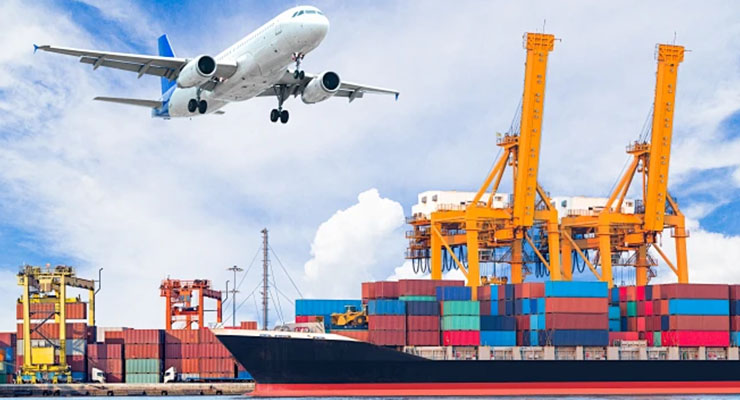
Shipping Clothes From China
There are two ways to ship when importing clothes from China: air freight and sea freight.
Advantages of air freight:
Speed: Air freight is significantly faster, making it ideal for time-sensitive deliveries. This is crucial when it comes to seasonal clothes collections or fast fashion cycles.
Safe and secure: Shorter transit times and fewer handling points in air freight mean reduced risk of damage or theft.
Predictability: Flight schedules are generally consistent, allowing for better inventory planning, especially for brands with fast inventory turnover.
Disadvantages of air freight:
Cost: Air freight tends to be much more expensive than sea freight, and charges are usually based on actual weight and dimensional weight, depending on which is higher.
Cargo restrictions: Air shipping has stricter restrictions on cargo size and weight, which may limit the number of garments you can ship at one time.
Environmental impact: Aircraft have a higher carbon footprint than ships, potentially impacting the sustainability goals of eco-conscious businesses.
Advantages of sea freight:
Cost-Effectiveness: Especially for large quantities, sea freight offers significant cost savings compared to air freight.
Bulk Shipping: Shipping containers can accommodate large orders of clothing and footwear, providing advantages of scale.
Environmental considerations: On a per ton per kilometer basis, ships are more energy efficient than aircraft, thus reducing their carbon footprint.
Disadvantages of sea freight:
Speed: Ocean shipping is much slower. Shipping times can vary from a few weeks to over a month, depending on the origin and destination ports.
Potential Delays: Various factors such as weather, port congestion, and customs clearance can cause delays in shipping.
Increased handling volumes: A longer supply chain can mean more handling points, which creates more opportunities for damage or loss.
The Process of Freight Forwarding
What knowledge should you know when shipping clothing


